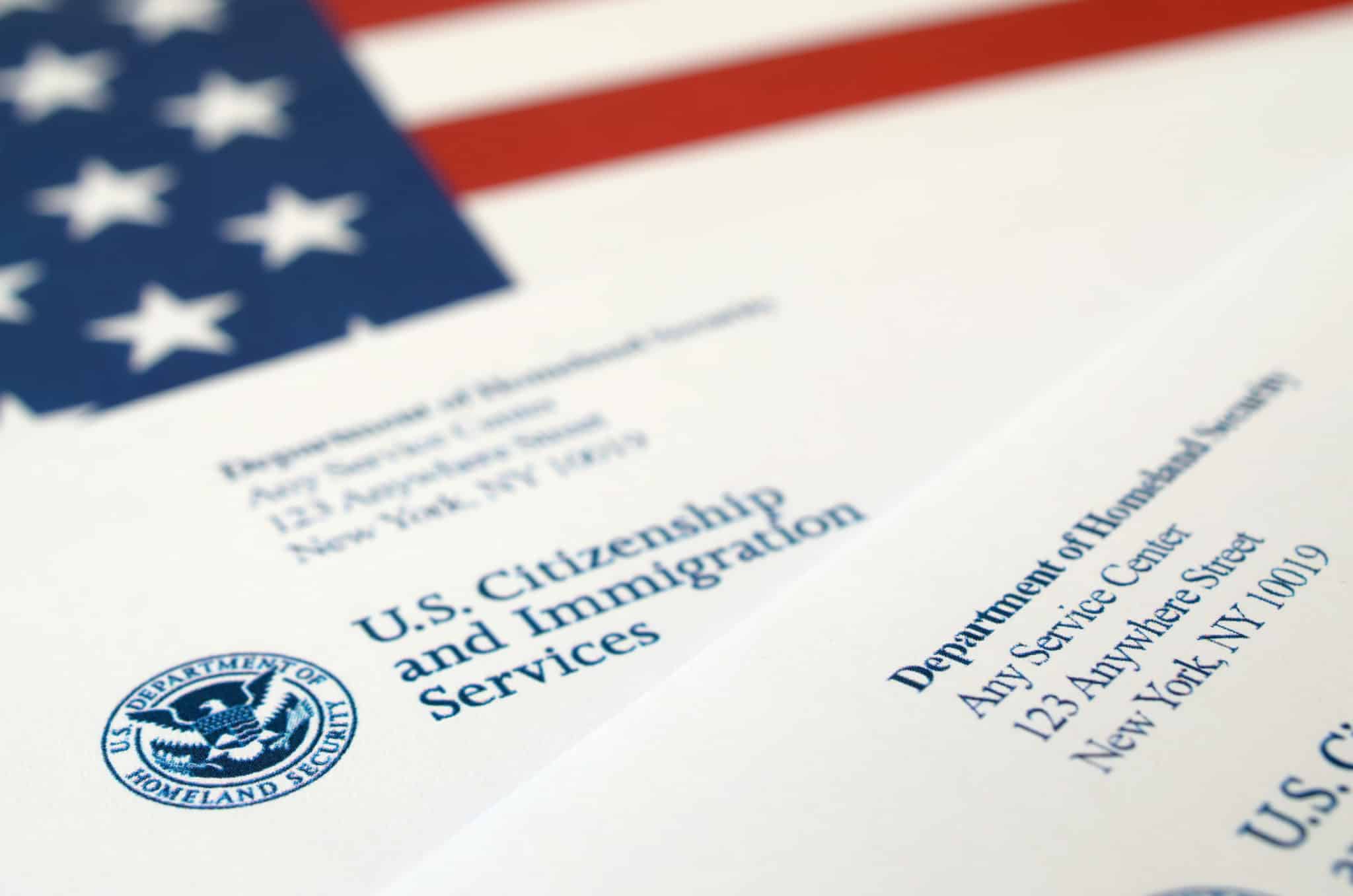
In a recent policy update, U.S. Citizenship and Immigration Services (USCIS) announced a return to recognizing only two biological sexes–male and female–when adjudicating immigration benefits. This change reflects compliance with a January 2025 executive order titled “Defending Women From Gender Ideology Extremism and Restoring Biological Truth to the Federal Government.” USCIS’s updated guidance became effective on April 2, 2025, and applies to all current and future immigration filings. Continue reading and reach out to a dedicated New York City immigration lawyer from the Lightman Law Firm to learn more about this change and how it may affect you. Here are some of the questions you may have:
What Does This Mean for Individuals Applying for Immigration Benefits?
Under the revised policy, USCIS will determine a person’s sex based on their birth certificate issued at or near the time of birth. If the birth certificate lists a sex other than male or female, or if no birth certificate is available, secondary evidence may be considered. While this change does not result in automatic denial of immigration benefits, it can introduce delays or complications, especially if the applicant’s current documentation reflects a different gender identity.
Importantly, USCIS has clarified that it does not issue official immigration documents with a blank sex field. Nor will it issue documentation that reflects a sex different from what is listed on the birth certificate closest to the time of birth. Applicants who fail to mark a sex on their forms or who list a sex inconsistent with their birth records should be prepared for additional scrutiny and potential delays.
Why Is This Policy Significant for Immigrants in the United States?
For many applicants (particularly transgender or nonbinary individuals), this policy may feel like a step backward. The previous approach, more aligned with gender identity recognition, allowed applicants greater flexibility in reflecting their lived identities in official records. The reinstated policy, however, reflects a federal directive that prioritizes biological sex as recorded at birth.
While this change is administrative in nature, its effects are personal and real. Any inconsistency between an individual’s current gender presentation and their birth documentation could lead to confusion, extended processing times, and additional evidentiary requests from USCIS.
If you have further questions about this recent update or you require assistance with your immigration case, please don’t hesitate to reach out to a knowledgeable immigration lawyer here at the Lightman Law Firm today.